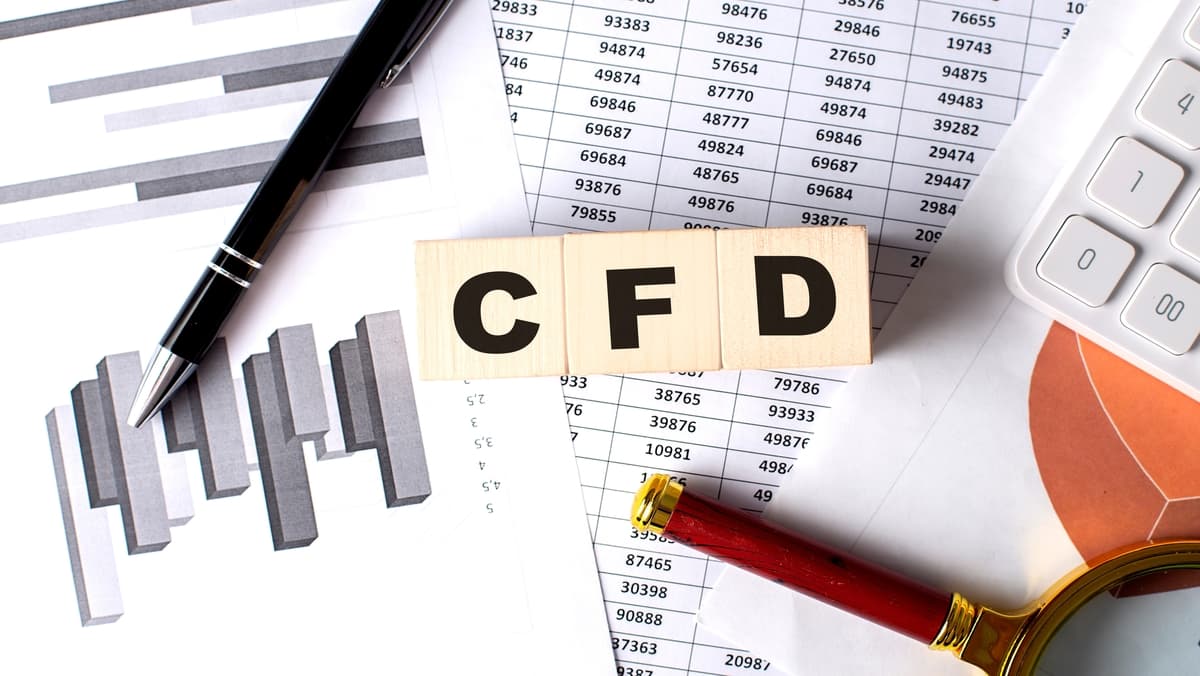
Tether (USDT) has become one of the most widely used stablecoins in the crypto market.
With a market capitalization of over $92 billion as of January 2024, Tether processes billions of dollars in daily transactions across exchanges, DeFi platforms, and more.
But how exactly does Tether make money? In this article, we’ll analyze how Tether (USDT) generates profits from interest, fees, investments, and more.
Tether’s primary revenue stream comes from the interest it generates on its reserves.
As a stablecoin, Tether must maintain adequate dollar reserves to back every USDT in circulation 1:1. Tether stores these reserves in bank accounts and invests them in money market funds. This allows the company to earn interest on reserves.
For example, if Tether manages $60 billion in reserves, it can generate substantial interest income simply from holding and investing these funds. A modest 1-2% return would equal hundreds of millions annually.
Tether updates its reserves breakdown monthly, although details are limited. The company claims to only work with regulated, trusted counterparties to manage reserves.
Proper reserve management is crucial for maintaining Tether’s peg. As long as new Tethers (USDT) are issued, reserve interest should keep rolling in.
You might also like to read: Explaining Cryptocurrencies - Understanding Initial Coin Offerings (ICOs)
In addition to reserve interest, Tether also collects fees on particular transactions. This includes payments on:
These transaction fees provide recurring revenue streams based on Tether’s usage and circulation.
If the Tether adoption continues rising across various crypto apps and markets, total transaction fees will also increase accordingly.
Read this informative article: The Technology Behind Cryptocurrencies - Blockchain

An interesting component of Tether’s revenue comes from activity on the Tron blockchain.
In early 2019, Tether announced it would issue a new USDT on the Tron network. Tron uses a Delegated Proof of Stake (DPoS) model, in which 27 “Super Representatives” validate transactions and earn block rewards.
Tether has become one of Tron’s Super Representatives, meaning it earns fees and block rewards from confirming Tether transactions on Tron. Tether states these returns are reinvested into growing the Tron Tether ecosystem.
As mentioned, Tether can earn interest by lending its massive dollar reserves. However, this can also be risky if not managed prudently.
In 2019, an investigation by the New York Attorney General revealed Tether had extensively loaned reserves to Bitfinex, its affiliated crypto exchange.
This enabled Bitfinex to remain solvent after losing access to over $800 million in customer funds held by a payment processor.
The AG investigation led to a settlement requiring Tether to cease lending to affiliated entities and provide greater transparency into its reserves.
While this example demonstrates potential conflicts of interest, adequately managed loans of Tether’s reserves could produce substantial income through interest and fees.
This remains a possible revenue stream, albeit controversial, due to Bitfinex’s history.
Consider giving this a look: Crypto Trading - The Ultimate Beginner’s Guide

Beyond reserves, Tether may also generate investment income from other assets and businesses. However, limited public information exists on this matter.
We know Tether’s affiliates include Bitfinex exchange, cryptocurrency exchange platform Efinex, and DeFi lending platform Unus Sed Leo. Tether likely holds equity in these companies that could provide profits.
Tether itself does not publish detailed financial results or statements, maintaining it is not required to as an offshore company.
So, the extent of investment income remains unclear. But Tether certainly has opportunities to pursue ancillary businesses and investments outside its stablecoin operations.
Looking ahead, Tether is likely to expand into new revenue opportunities as its ecosystem grows.
Here are some possibilities to watch:
While speculative, there are ample options for Tether to expand and diversify its revenue streams. Tether’s dominance of stablecoin markets will grant it significant flexibility to pursue new monetization models.
Of course, user trust and token redemption will remain vital. But if Tether can uphold confidence in its 1:1 peg, the future looks bright for this stablecoin giant. The company is positioned to keep earning impressive profits for the foreseeable future.
Take a look at this article: How to Start Crypto Leverage Trading
Tether has carved out an enormous presence in crypto thanks to its redeemable USDT stablecoin. As we’ve analyzed, Tether monetizes this central role through interest on reserves, transaction fees, investments, and other revenue streams.
Maintaining adequate reserves and liquidity remains essential to upholding Tether’s 1:1 dollar peg and overall trust. But if the company can achieve this, the demand for stablecoins suggests Tether is set up for long-term profits.
While regulatory oversight and transparency remain concerns, Tether has built a robust business model. As cryptocurrencies continue maturing into a trillion-dollar asset class, expect the company’s revenue sources and market role to keep expanding for years to come.
Learn and trade with markets.com: The ultimate trading community!
“When considering “CFDs” for trading and price predictions, remember that trading CFDs involves a significant risk and could result in capital loss. Past performance is not indicative of any future results. This information is provided for informative purposes only and should not be considered investment advice.”
Risk Warning: this article represents only the author’s views and is for reference only. It does not constitute investment advice or financial guidance, nor does it represent the stance of the Markets.com platform.When considering shares, indices, forex (foreign exchange) and commodities for trading and price predictions, remember that trading CFDs involves a significant degree of risk and could result in capital loss.Past performance is not indicative of any future results. This information is provided for informative purposes only and should not be construed to be investment advice. Trading cryptocurrency CFDs and spread bets is restricted for all UK retail clients.

What is CFD trading: Contracts for Difference (CFDs) have emerged as a popular trading instrument in the financial markets.

CFD Trading Explained For Beginners: Contracts for Difference (CFDs) have become a popular trading instrument for those looking to engage in financial markets.

CFD Trading for Beginners: For beginners in CFD trading, choosing the right trading platform is crucial. Two of the most popular platforms in the trading community are MetaTrader 4 (MT4) and MetaTrader 5 (MT5).
set cookie